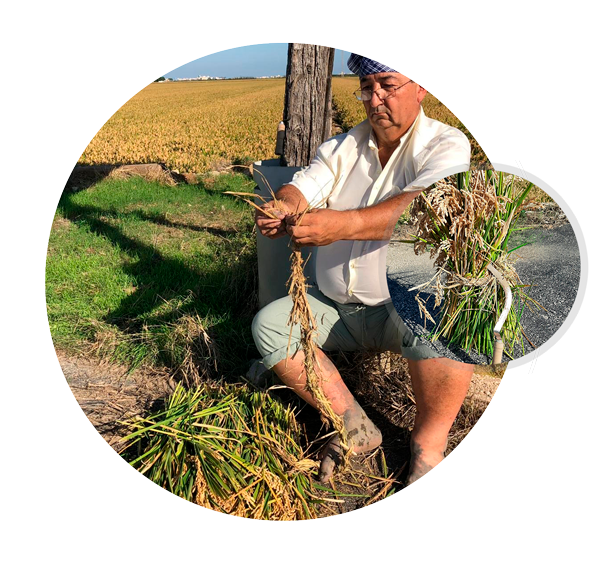
We produce varieties of “TANCAT RICE”, without mixing between different varieties, in a wonderful natural area, the Albufera de Valencia. It’s pure rice without chemical residues. 100% natural rice.
We produce varieties of “TANCAT RICE”, without mixing between different varieties, in a wonderful natural area, the Albufera de Valencia. It’s pure rice without chemical residues. 100% natural rice.













We sale the rice throughout the year. The peeling of the grain is carried out in artisan mills also located in the Albufera. Afterwards, the rice is manually packed.